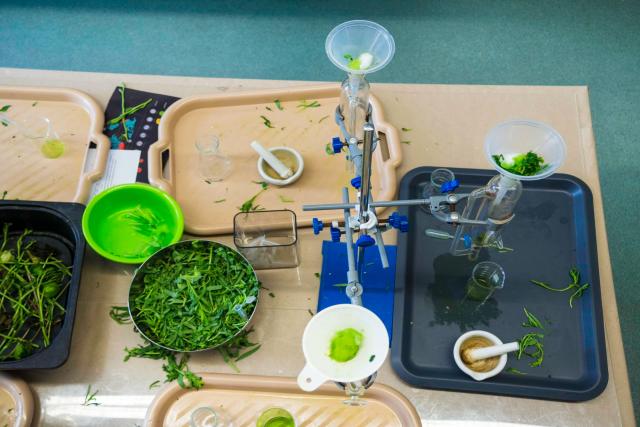
Fumaric acid has gained wider popularity due to its versatile properties. It finds application in a wide range of industries.
Fumaric acid is generally used as a preservative and acidulant in the food and beverage industry. It plays a key role in drug formulation and resin production. These expanding applications are creating lucrative growth prospects for fumaric acid manufacturers.
How is the fumaric acid industry performing? As per Coherent Market Insights, the fumaric acid industry is set to exhibit a CAGR of 4.6% during the forecast period. Total sales revenue will likely reach US$ 381.6 million by 2030.
From ancient times, fumaric acid has been produced from petroleum-based sources. Rising environmental concerns and emphasis on sustainability, however, have led to development of eco-friendly approaches to fumaric acid production.
Importance of Sustainable Fumaric Acid Production
Conventional fumaric acid production leads to greenhouse gas emissions and high energy consumption. Adoption of more sustainable fumaric acid production can help to
- Reduce carbon footprint
- Lower energy consumption
- Decrease dependence on costly petrochemical feedstocks
Eco-friendly Approaches to Fumaric Acid Production
There are many sustainable methods for producing fumaric acid. These include biological fermentation, bioconversion, electrolysis, etc. They have the potential to reduce fumaric acid environmental impact.
- Bio-based Fumaric Acid Production through Fermentation
Biological fermentation leads our list of sustainable fumaric acid production methods. It is becoming a promising sustainable alternative for synthesizing fumaric acid.
In biological fermentation, microorganisms like Rhizopus arrhizus are used to convert sugars or starches into fumaric acid. Unlike traditional chemical synthesis methods, biological fermentation reduces the need for toxic chemicals, lowers energy consumption, and uses sustainable raw materials.
- Bioconversion
Bioconversion method is making waves in fumaric acid landscape. It uses genetically modified microorganisms to produce fumaric acid. Scientists have developed genetically engineered E. coli strains that have the tendency to produce fumaric acid from glucose or other sugars.
- Electrolysis
Electrolysis method represents a leap forward in making fumaric acid production more sustainable. Fumaric acid production through electrolysis is a novel approach that is being explored as a more sustainable and energy-efficient method than traditional ones.
The process involves usage of electricity to convert raw materials like malic acid into fumaric acid. It is more environmentally friendly compared to traditional methods as it requires less energy and reduces emissions.
- Consolidated Bioprocessing
Another innovative approach to fumaric acid production is consolidated bioprocessing (CBP). It combines biomass deconstruction, saccharification, and fermentation into a single step. This method offers advantages like cost-effectiveness, improved yields, and sustainability.
CPB is a simple process and significantly reduces energy consumption. It reduces the need for expensive enzymatic processes and separate fermentation stages. By doing so, CPB lowers overall production costs.
CPB uses renewable feedstocks like lignocellulosic biomass. This makes it more eco-friendly than traditional petrochemical methods. Similarly, optimized conversion of biomass into target product during CPB leads to higher fumaric acid yields.
- Chemical Catalysis Using Renewable Feedstocks
Chemical catalysis using renewable feedstocks is also becoming popular among companies. This is due to its sustainability and environmental benefits.
Many researchers are exploring the conversion of biomass-derived compounds like furfural into fumaric acid using novel catalysts. Adoption of sustainable fumaric acid sources can reduce carbon emissions and dependency on fossil-based resources. These sustainable methods have the potential to brighten the future of fumaric acid production.






